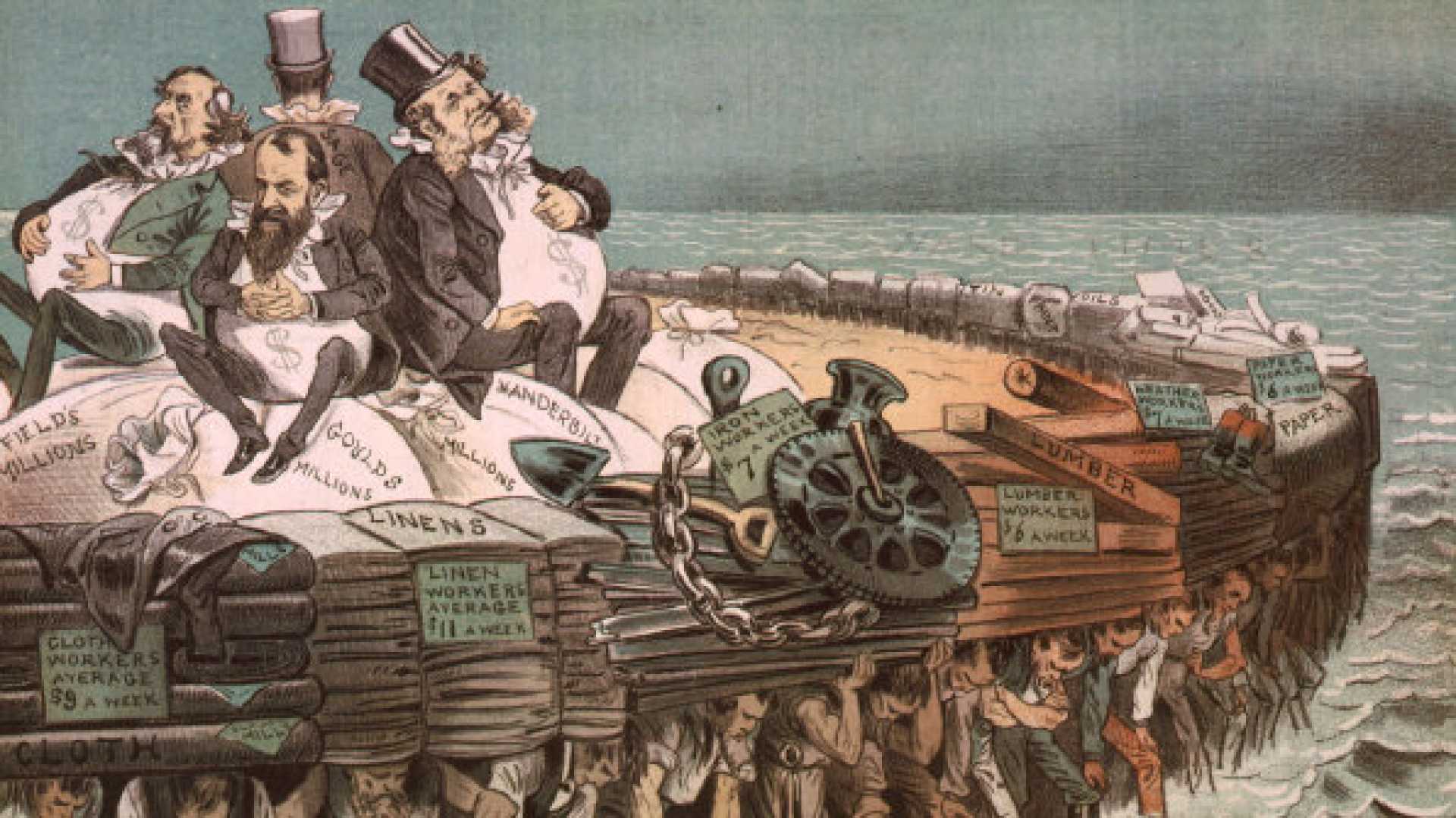Politics
Is the U.S. Experiencing a Second Gilded Age?

WASHINGTON, D.C. — As the nation grapples with economic disparities and corporate influence, many commentators are questioning whether the United States has entered a second Gilded Age. This notion has been echoed by various media outlets and even reached the White House, where former President Donald Trump controversially remarked, “We were at our richest from 1870 to 1913,” linking his administration’s policies to a bygone era marked by economic excess.
The late 19th century is remembered as a time of technological advancement and monopolistic power, with titans like John D. Rockefeller and Andrew Carnegie exerting significant influence over industries. Richard White, a historian and author of *The Republic for Which It Stands*, explained that the Gilded Age was defined not just by wealth but by a troubling intertwining of government and corporate power. “The railroads became the great corporations of the United States at the core of the American economy,” White said, underscoring the era’s reliance on corruption and insider dealings.
In a discussion on a recent podcast, White elaborated on how the U.S. government’s acquiescence to industrialists in the past resonates with contemporary events. He recounted instances of corruption in the late 19th century, where public officials engaged in bribery and unjust dealings for personal gain. “People described each other as ‘friends’ — not in a friendly sense, but in a way that pursued common interests through a relationship of mutual benefit,” White said. This lack of genuine camaraderie reflects the complex fabric of relationships where business and political interests converged.
One notably concerning parallel is the relationship between the Trump administration and major industries like crypto. In March, reports surfaced suggesting talks between the Trump family and a major cryptocurrency executive regarding a potential pardon related to money laundering, a deal that sounded alarm bells reminiscent of deals made in the Gilded Age.
In discussing the monopolistic tendencies of that era, White described John D. Rockefeller’s establishment of Standard Oil as emblematic of the 19th-century corporate model. “Rockefeller realized that if you were going to get profit, you had to eliminate competition,” he said, highlighting the ruthless nature of business practices. This model of control discussed by White illustrates how monopolistic power often led to political protection and complicity.
Moreover, economic policies during the Gilded Age favored industrialists greatly. For instance, tariffs helped boost businesses like Carnegie Steel, while simultaneously quelling labor movements that threatened these corporations. White attributes this phenomenon to a corrupt political structure that favored economic growth over social justice. “The state repeatedly sided with monopolies,” he remarked, noting the lack of accountability among public officials.
As the 19th century advanced, issues related to public well-being sharply declined. Historical data reveals alarming statistics: by 1880, the average life expectancy for a white male was only 48 years, and urban areas faced severe health crises due to inadequate sanitation and public health measures. “You would lead a briefer life and be shorter than your Revolutionary ancestor,” White shared, depicting the stark contrast of rapid industrialization against the backdrop of human suffering.
Looking forward, White posits that the lessons learned from the Gilded Age are crucial as society navigates its current economic landscape. “The Gilded Age began to build public infrastructure,” he noted, emphasizing the importance of building equitable public systems as a remedy for corporate excess.
Ultimately, as the nation faces rising corporate power and wealth inequality, understanding the historical context of the Gilded Age may guide policymakers and citizens toward a more equitable future. The dialogue about whether the U.S. is experiencing a second Gilded Age remains vital for discussions surrounding governance, morality, and social equity.












